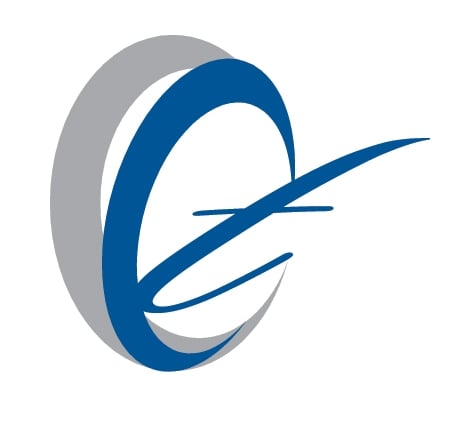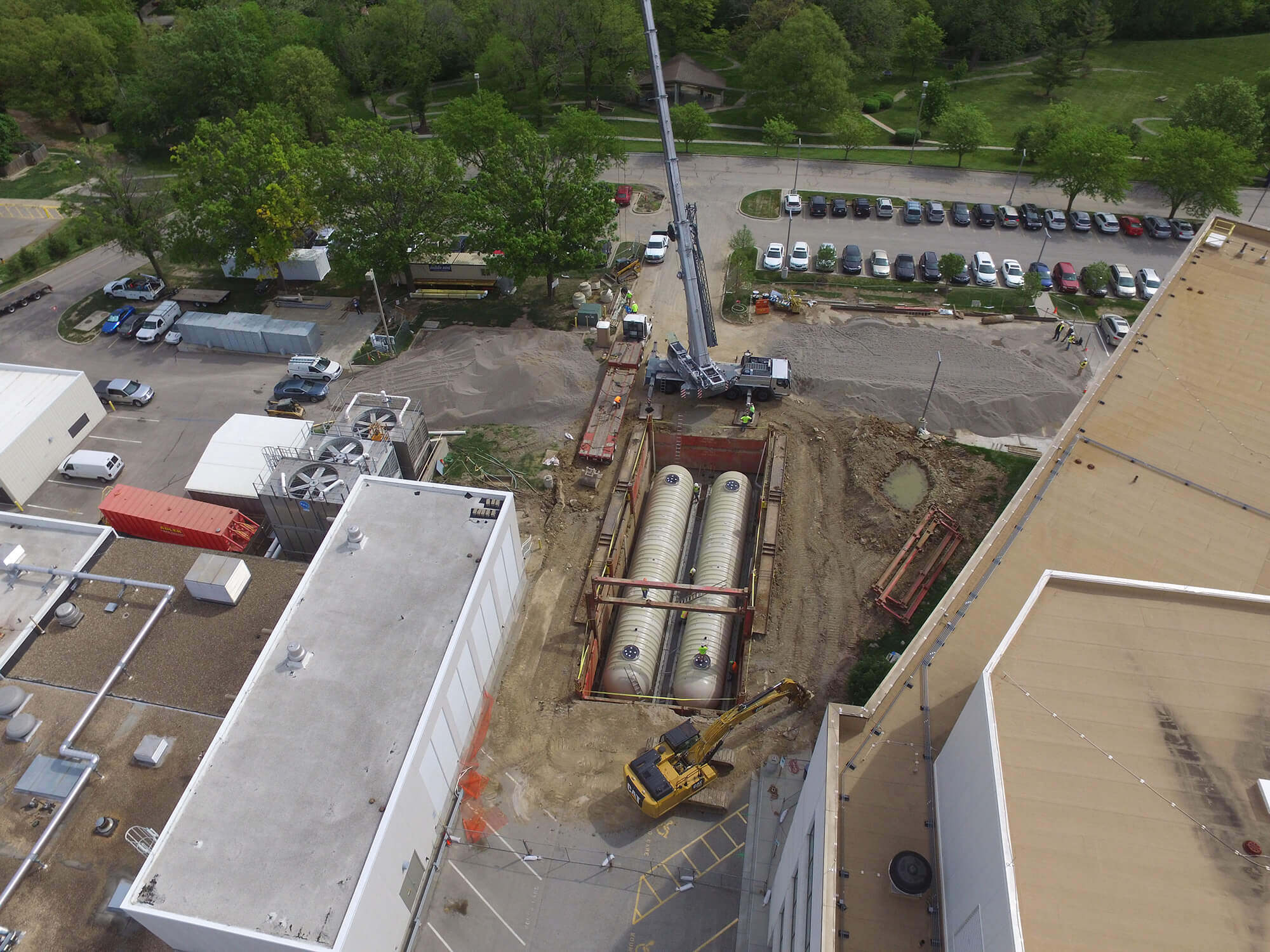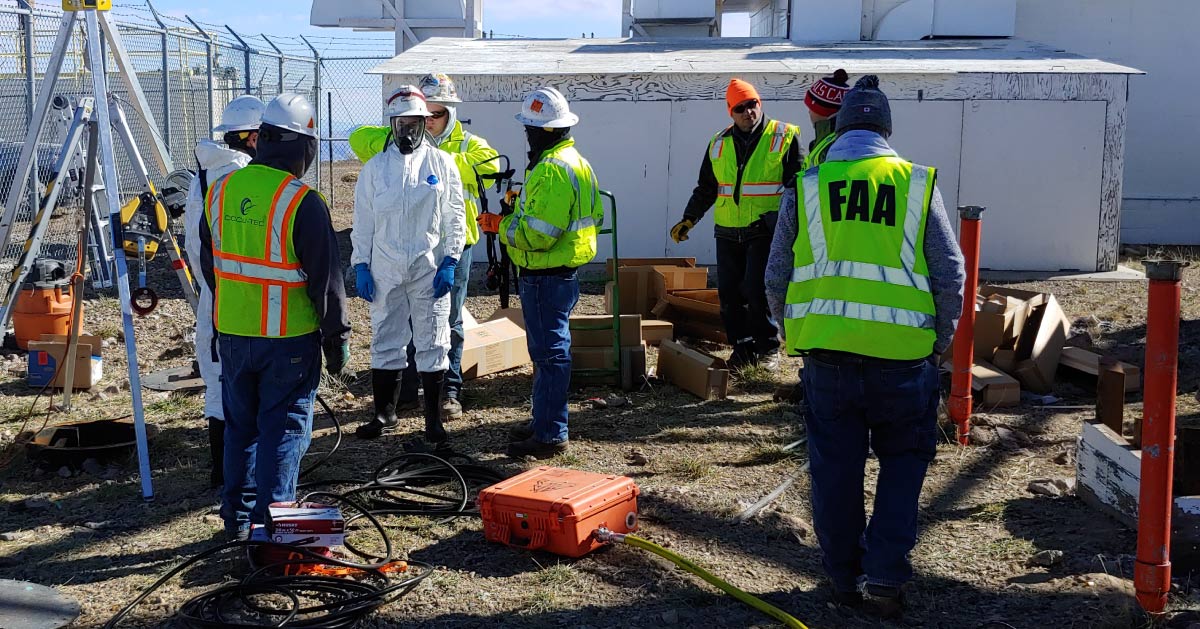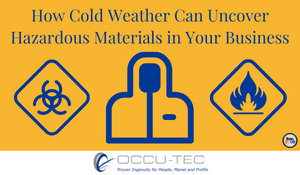Safe & Compliant Hazardous Waste Identification & Management
Hazardous waste management may not dominate safety meetings, but it plays a critical role in protecting employees, maintaining compliance and...
4 min read
 OCCU-TEC, Inc.
:
Oct 18, 2024 11:30:32 AM
OCCU-TEC, Inc.
:
Oct 18, 2024 11:30:32 AM

Underground Storage Tanks (USTs) play a critical role in the storage of hazardous and non-hazardous substances, primarily petroleum products. Found beneath the surface, they help fuel industries, hospitals and everyday activities that rely on stored fuel. However, due to the materials they store and their hidden nature, USTs can pose significant environmental risks if not properly maintained and removed at the end of their service life. OCCU-TEC, with decades of experience, specializes in underground storage tank removal, ensuring environmental safety and regulatory compliance.
Underground storage tanks are large containers typically buried underground, designed to hold petroleum products, chemicals or hazardous substances. Their primary purpose is to store fuel for vehicles, heating systems and industrial processes. Despite their efficiency in serving these purposes, USTs can present safety concerns over time, particularly if the materials they store leak into the ground, causing environmental contamination.
Most USTs are made of steel, fiberglass or composite materials that are engineered to prevent corrosion and leaks. Older tanks, particularly steel ones, are more prone to corrosion over time. Modern tanks are designed with more robust and noncorrosive materials to mitigate these risks.
USTs have a finite lifespan. For steel tanks, this is typically around 30 years, at which point the risk of leaks increases significantly, and the cost of maintenance or upgrades becomes prohibitive. When a UST reaches the end of its service life, it's crucial to remove it properly to prevent contamination. UST leaks can release hazardous materials into the soil and groundwater, leading to environmental and public health issues.
Fuels like diesel and gasoline degrade in the presence of water, making contamination risks higher when water infiltrates these tanks. Corrosion, both in the fuel space and vapor space of a UST, contributes to these risks. Regular inspection and maintenance are essential to managing the environmental and safety hazards posed by USTs. OCCU-TEC works directly with its clients to develop an inspection, testing, maintenance and repair schedule to prevent environmental contamination.
The Environmental Protection Agency (EPA) regulates Underground Storage Tanks through the Resource Conservation and Recovery Act (RCRA) and the Comprehensive Environmental Response, Compensation and Liability Act (CERCLA). In 2015, the EPA issued a significant update to UST regulations, strengthening the 1988 federal UST rules. The updates emphasized the importance of maintaining USTs to prevent and detect leaks, and they applied consistent standards nationwide, including to tanks in Indian country.
Each state may have its own set of UST regulations in addition to federal standards. It's essential for UST owners to consult their local regulatory bodies to ensure compliance with all applicable laws. Regulations may vary significantly between states, especially in terms of enforcement and inspection frequency.
To remain compliant, UST owners must follow strict inspection, maintenance and reporting protocols. This includes regular checks to ensure there are no leaks or contamination issues, as well as detailed record-keeping of maintenance activities, inspections and any corrective actions taken. Failure to adhere to these requirements can result in significant fines and environmental clean-up costs.
When USTs reach the end of their lifecycle, careful planning is essential for their safe removal. OCCU-TEC works alongside our clients during underground storage tank installation and removal to obtain the necessary permits, coordinate with environmental agencies and develop safety plans for workers and the surrounding community.
Removing USTs requires stringent safety precautions to protect workers and the environment. This includes wearing protective equipment, monitoring for hazardous fumes and having emergency procedures in place in case of a spill or leak. In some cases, safety shoring may be necessary to fully protect workers.
Before or during removal, it's crucial to assess the site for potential contamination. Soil and groundwater testing can determine whether leaks have occurred and guide the clean-up process. Inspecting the tank itself can reveal damage, corrosion or other signs of leakage. Detailed documentation is required to maintain regulatory compliance.
Removing a UST is a complex process that requires heavy machinery and expertise. A recent example at Shawnee Mission Medical Center demonstrates the challenges. The hospital had three steel tanks that were over 30 years old, and due to their age, it was time for removal and replacement. The tanks were replaced with double-walled fiberglass tanks, which offer better durability and environmental protection.
The removal process involved installing a shoring system for safety, removing the old tanks, addressing contaminated soil and groundwater and installing the new tanks with precision. OCCU-TEC encountered contaminated materials that had to be carefully sorted and disposed of according to environmental regulations.

If contamination is found, specialized techniques must be used to remove and treat the soil. Contaminated materials must be transported to certified facilities for treatment or disposal. OCCU-TEC’s work at Shawnee Mission Medical Center highlights the importance of proper handling, as the contaminated soil and water were carefully separated from clean materials and treated accordingly.
Once the USTs are removed, they must be disposed of according to federal, state and local regulations. This may involve recycling the materials when possible or safely discarding non-hazardous or hazardous components. Proper disposal and documentation records ensure that the materials do not pose future environmental risks.
Throughout the removal process, UST owners must maintain detailed records of inspections, removal activities and disposal procedures, essential for regulatory compliance and future audits. Reporting tank removal and disposal activities to regulatory authorities ensures that the site is safely closed to the local compliance standards.
Removing Underground Storage Tanks is a complex, high-stakes process that requires expert knowledge and experience. OCCU-TEC has proven itself as a trusted leader in UST compliance, maintenance and removal. With a focus on safety, environmental responsibility and regulatory adherence, OCCU-TEC ensures every project is completed efficiently and effectively.
If you have underground storage tanks reaching the end of their service life, or if you need expert advice on maintaining compliance with the latest EPA regulations, contact OCCU-TEC today. Let us help you navigate the complexities of UST management and ensure the safety and sustainability of your operations.

Hazardous waste management may not dominate safety meetings, but it plays a critical role in protecting employees, maintaining compliance and...
EPA Proposes Rules to Improve Hazardous Waste Management and Better Protect our WaterwaysNew Rules Also Reduce Regulatory Burden on Businesses

Freezing weather can lead to frozen pipes and subsequent water damage in the Midwest. For example, in February 2021, a cold front and excessive...